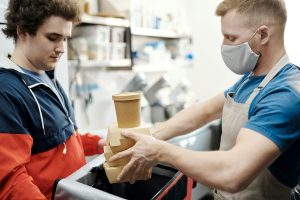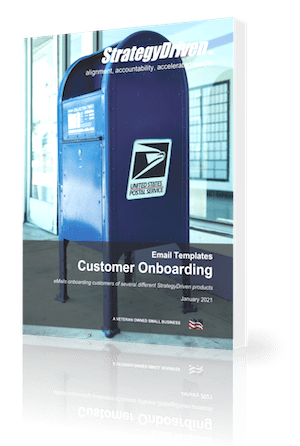Technology Altering The Food Packaging Industry

On-Site Nitrogen Generation
Nitrogen is an essential component in the packaging of perishable foods. Oxygen is an extremely reactive element, and many chemicals react readily to it. This makes the presence of oxygen in food packaging incredibly damaging. Food quickly spoils in oxygen-rich environments. Nitrogen, on the other hand, is colorless, tasteless, odorless, and almost entirely inert. For many years now, food packaging has involved the displacement of oxygen with nitrogen in order to preserve freshness. In the past, nitrogen was shipped into facilities in tankers. This nitrogen was in liquid form, which was then converted into a gas for use. The conversion process was an expensive and labor-intensive one.
On-site nitrogen generators, introduced recently, have proven to be far more efficient for companies working in the packaging industry; a nitrogen generator does not actually produce the gas from scratch. Instead, they purify nitrogen that is present in the air – stripping it of other gasses. Nitrogen accounts for around 78 percent of the Earth’s atmosphere.
Edible Packaging
Food packaging accounts for a great deal of the world’s waste, so the development of a safe edible packaging is an idea that could do the environment a big favor. Although things like rice paper have been available for a long time, truly tasty and protective materials are only just being developed. Professor David Edwards and his team at Harvard University have recently developed a membrane inspired by the skin surrounding the flesh of apples and oranges. Their invention – wikicells – is a kind of packaging made up of statically charged edible membranes. According to these scientists, the future of packaging is edible.
Smart Packaging
Smart packaging is perhaps the most ‘Tomorrow’s World’ of all the innovations on this list. The idea behind smart packaging is simple: the packaging warns consumers if a product has spoilt. Sensors embedded in the packaging will detect the telltale signs of spoilage and let a consumer know if they should eat the food contained within. This could lead to the end of sell-by dates – which are seen by many as being completely unrepresentative of the actual shelf life of food items. Items could last longer on average if people know exactly when the food has gone off.
Water Soluble Packaging
What if you could simply make packaging waste disappear? Several companies have developed packaging that dissolves in water. This could reduce household waste by a huge quantity, although the packaging will need to be made very affordable to food manufacturers in order to truly take off. No material ever truly disappears, which could mean that water in which packaging is dissolved is still relatively damaging to the environment.












Leave a Reply
Want to join the discussion?Feel free to contribute!